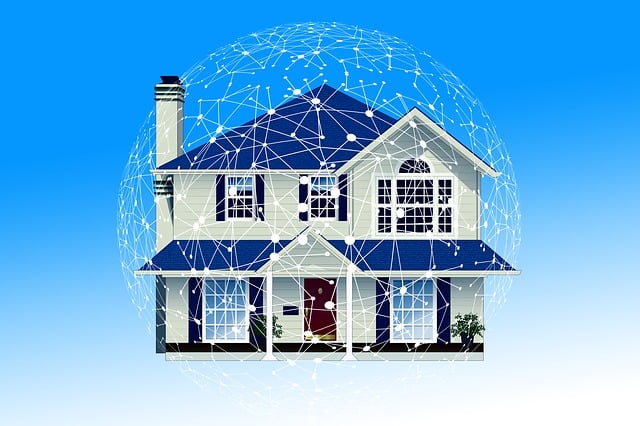
In today’s digital age, smart home technology promises to make our lives more convenient, connected, and secure. With a few taps on a smartphone, homeowners can lock doors, adjust thermostats, check security cameras, and even speak to delivery drivers from miles away. It’s an impressive leap forward—but beneath the sleek interfaces and bold marketing lies a growing concern: smart home devices can create a dangerous illusion of security.
Many homeowners assume that installing a video doorbell or smart lock means their home is now “safe.” But smart doesn’t always mean secure. In fact, relying too heavily on technology can lead to complacency—especially when traditional safety practices get pushed aside. For instance, it’s not uncommon to see front doors left unlocked because “the app will alert me if something happens.” That may be true—if the system works perfectly, if the internet stays up, and if the user responds immediately. That’s a lot of ifs.
Another overlooked issue is that many smart home devices are only as secure as the network they run on. Wi-Fi networks without strong passwords, updated firmware, or proper encryption can be a goldmine for cybercriminals. Once inside the network, they can disable alarms, access cameras, or worse—learn your habits, movements, and daily routines.
It’s also worth mentioning that while a camera can record a crime, it doesn’t prevent one. A security system should act as both a deterrent and a defense. Yet some homeowners stop short at smart gadgets, skipping more robust measures like deadbolt reinforcements, motion-activated lighting, or even routine lock maintenance. Ironically, the confidence that comes with a “smart” home can lead people to neglect simple but effective protections.
Furthermore, not all devices are created equal. Cheaper brands or off-brand tech often cut corners—both in hardware and in software. They may lack necessary updates or be riddled with vulnerabilities. And if a company goes out of business, your device might lose all support, becoming obsolete—or worse, insecure.
The bottom line? Smart home technology can be a powerful tool, but it should never replace fundamental safety practices. Real security comes from layers—strong physical barriers, sensible routines, and thoughtful tech integration. If any one layer fails, the others should still stand. Homeowners would be wise to think critically, not just digitally, when it comes to protecting what matters most.
So before resting easy because your phone says “locked,” ask yourself: is your home truly secure, or just seemingly so?

